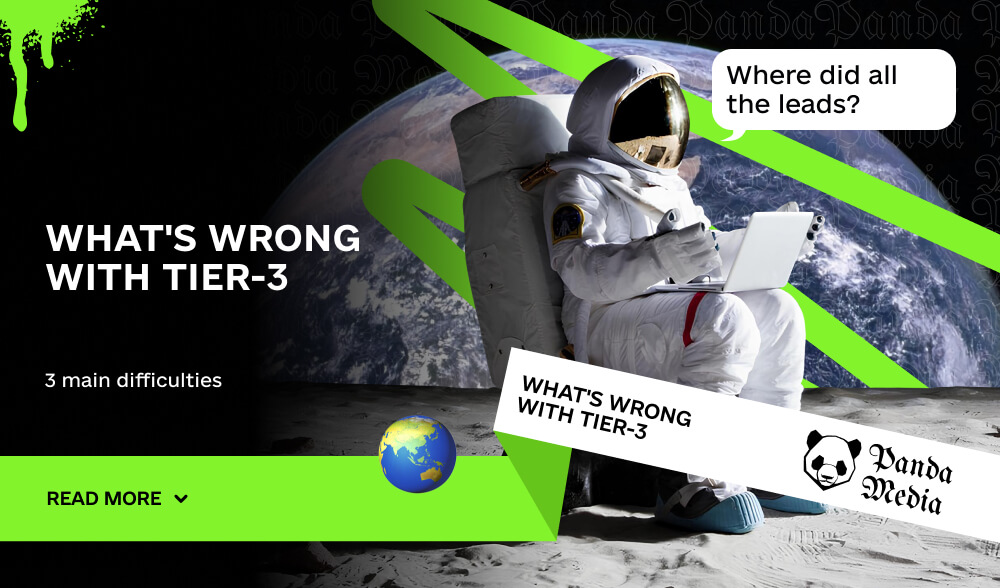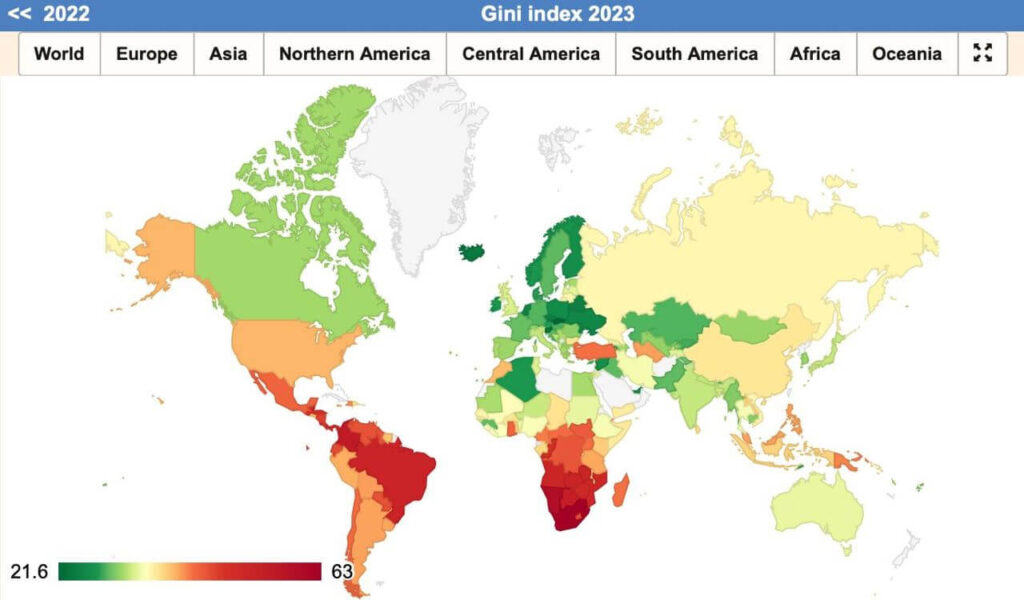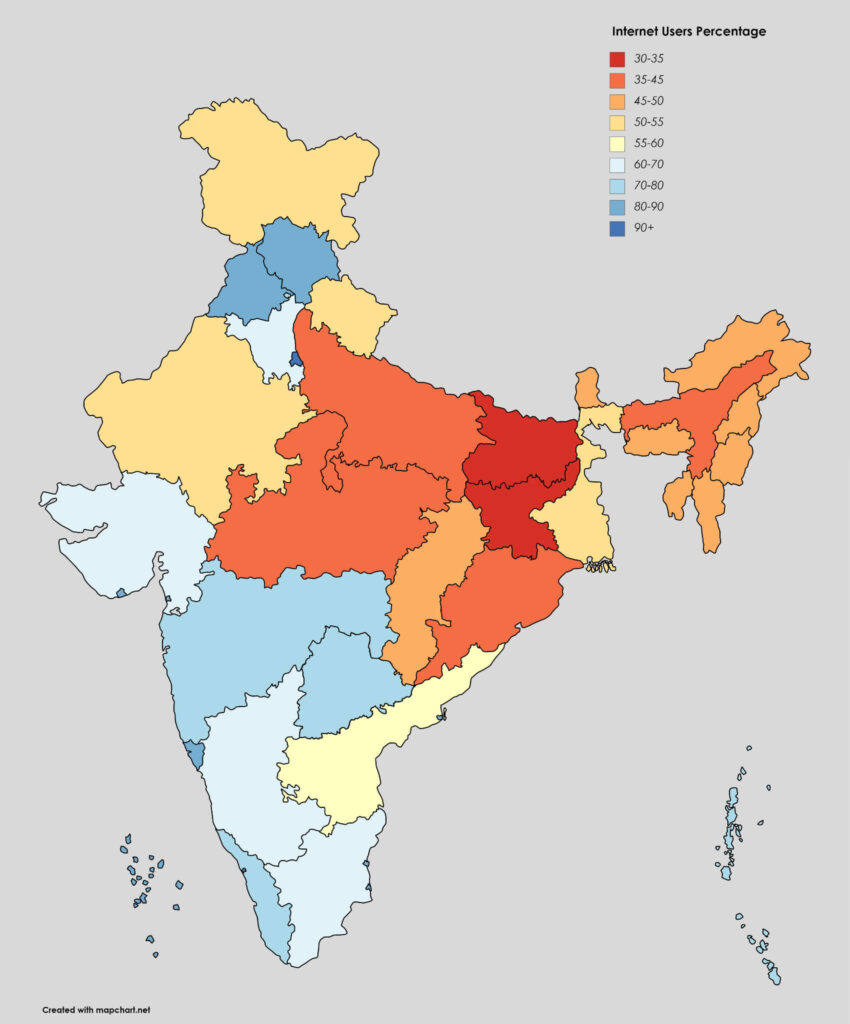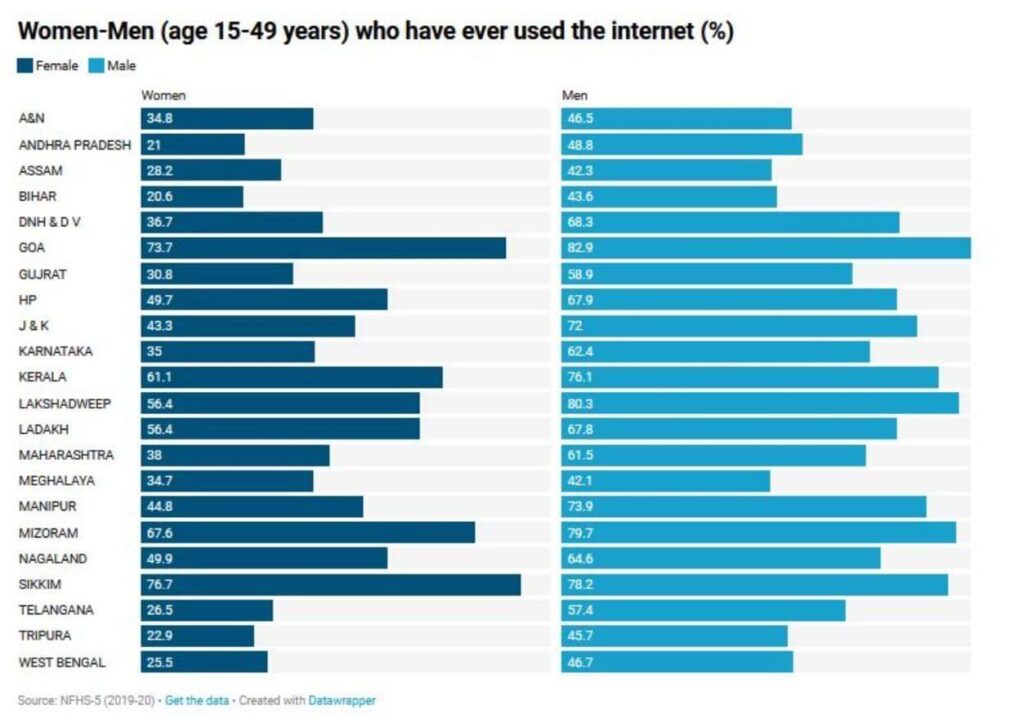Don't miss interesting news

Inexpensive clicks and a numerical advantage of the population are not the only, but key arguments in favor of cooperation with developing countries. However, in practice, everything is far from as rosy as it might seem from analysts’ predictions and successful examples. How to work with Tier-3 and use the budget wisely? Let’s consider three main difficulties of this segment of the GEO and illustrate them with specific examples.
The Third World is a place where the laws of the jungle reign: few people succeed, while most of the population lives in poverty and is forced to struggle for survival. In Ukraine, the issue of social protection and equality is acute, but we do not even realize how much more critical this topic is for some regions, such as Africa, Asia and Latin America.
An example is Brazil: the country of carnivals is literally divided into two parts by income. Southern regions live much better than northern ones. How did this situation come about? This is a topic for a separate study, but we can only recognize this fact.

Inequality in any country can be measured using various indicators, one of the most common of which is the Gini index. Without delving into the macroeconomy, this index reflects the degree of income distribution: the higher the value, the more pronounced the inequality. Let’s look at the index map:

Even without knowing the specific place in the ranking, it is easy to see that Brazil is in a depressing situation. Along with it, many Latin American countries and almost all of Africa are on this list. India, despite all expectations, is closer to the middle and is even marked with a faint green color.
Brief conclusion: the average salary does not always accurately reflect the real income of the population and is not a reliable indicator of economic well-being. Study the specifics of the regions you work with to offer users relevant solutions.
We live in an era where access to information is becoming a key success factor. Internet connectivity is growing rapidly, especially in countries starting from a low base like India. Please note the map showing internet accessibility data, which, although outdated, illustrates the situation just two years ago.

The difference in the number of online users by 2-3 times clearly separates the regions that have stepped into the digital era from those that remain in the agrarian-industrial stage.
For example, let’s take the most recent statistics on the number of residents who have accessed the Internet at least once. There is also a significant gap here.

Imagine how the use of the Internet affects people and how it is perceived depending on the region. How will a resident of a developed IT city and someone who lives in a remote village without electricity and only accesses the Internet when visiting the city react to your ad? The Internet remains relatively stable and evenly distributed only in developed countries, while in remote areas it is still available to few. Although the situation is changing and the maps are colored in new colors every year, the impact of this factor remains significant.
Diversity is the foundation of Tier-3. In India, as mentioned above, the population speaks more than 400 languages, not to mention many dialects. This is not a coincidence, but a constant reality, as many third world countries have gained independence relatively recently and are often a patchwork of nations. The borders of some states were established without taking into account the traditional ethnic groups that originally lived in these territories. This diversity is especially pronounced in Africa. Nigeria, the most populous country on the continent, has already gained popularity among many arbitrators. However, not everyone knows that English is only one of the many languages spoken in this region, and the country’s ethnic diversity is reflected in the following picture:

The degree of ethnic and linguistic differences can vary from country to country. For example, in Malaysia, the situation is simplified, but several languages are spoken here in addition to English, and not all the target audience will be reached by an English-speaking creo.

Localization of the marketing funnel for Tier-3 countries is usually not limited to one language. If you want to achieve maximum results, take into account the peculiarities of a particular state or region dominated by a certain ethnic group, or prepare for the difficulties associated with translation.
When launching campaigns in Tier-3 countries, you can effectively use the advantages of these regions: traffic is inexpensive, and users are not spoiled for choice. However, it is important to take into account local peculiarities and carefully study historical, geographical, and economic aspects to avoid unpleasant surprises.